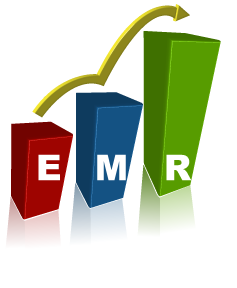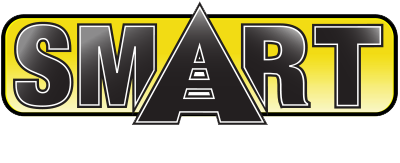What is EMR?

In many hazardous industries, like construction, WC insurance is typically the third highest cost on the Profit & Loss statement. So having a high EMR can severely impact profitability and competitiveness.
The EMR is based on your company’s loss history for the previous three years, not including the immediate past year, as compared to industry average.
The baseline EMR is 1.0. The formula used to determine your EMR is complex, however, the important thing to know is that your EMR greatly affects your costs.
Compared to industry peers, if your company has fewer claims, your EMR will be lower. If you have more claims, your EMR will be higher, as will be your WC insurance premiums.
A company with an EMR of 0.8 will pay 33% less in Workers’ Compensation premiums than a company with an EMR of 1.2. Now that’s a competitive edge!
But you don’t have to accept a high EMR! There are ways to reduce both your EMR and WC Insurance premiums.
Who Determines EMR?
In California, the governing body for calculating the EMR is the Worker’s Compensation Insurance Rating Bureau.
The Bureau uses two major components to calculate your EMR:
1) loss severity, which measures loss amount and;
2) loss frequency, which measures how often claims take place. Having fewer and less expensive claims is the key to reducing both your EMR and insurance premiums.
Can I Lower My EMR?
In the real world, incidents are inevitable, however, they are often preventable. Incidents increase your EMR, leading to higher Workers’ Compensation insurance premiums.
The good news is that you CAN completely control and even lower your company’s EMR by:
- Implementing an effective safety program;
- Creating a 12-month strategic training calendar
- Eliminating hazards through regular audits;
- Managing claims proactively; and
- Compiling monthly reports on all your safety activities.
Companies can leverage an effective safety program to lower their EMR, reduce costs and gain a competitive advantage!
Summary
In today’s competitive marketplace, companies with a low EMR quickly establish a competitive advantage when looking for new or maintaining existing business. The EMR has a direct effect on your company’s overall operating costs, and profitability by determining how much you pay for Workers’ Compensation Insurance.
However, your company doesn’t need to be handicapped by a high EMR. You can decrease your EMR by creating a comprehensive safety program, a strategic training calendar for your employees, auditing regularly, managing claims proactively and by compiling the necessary reports.
By improving the effectiveness of your company’s safety practices and programs you will lower your EMR.
